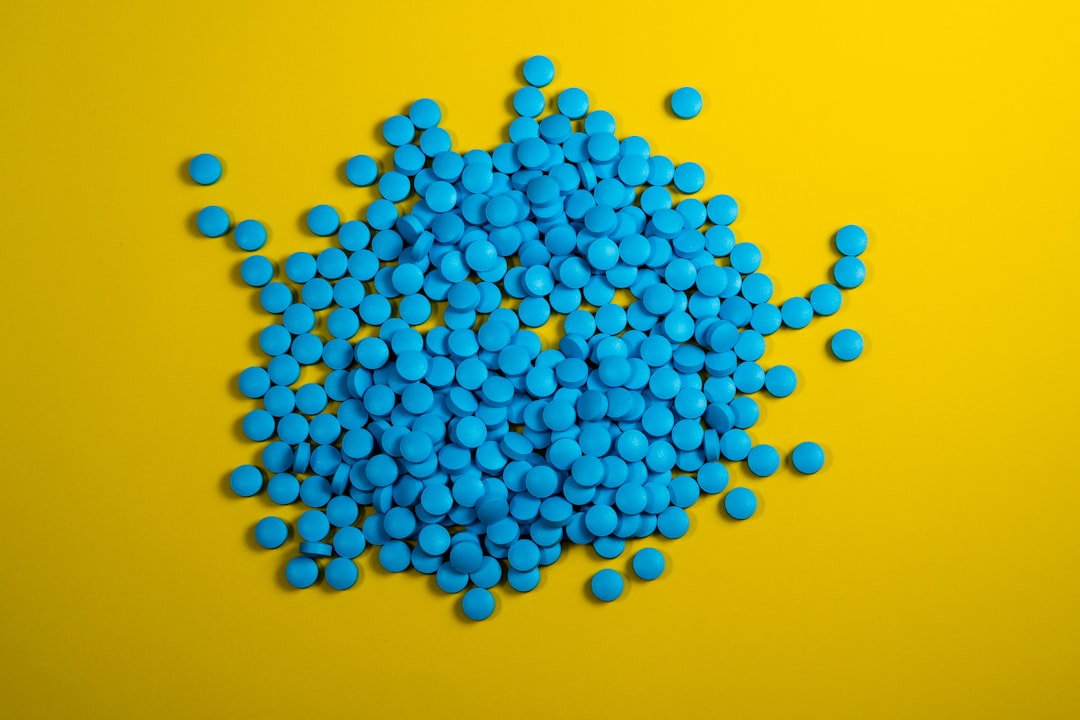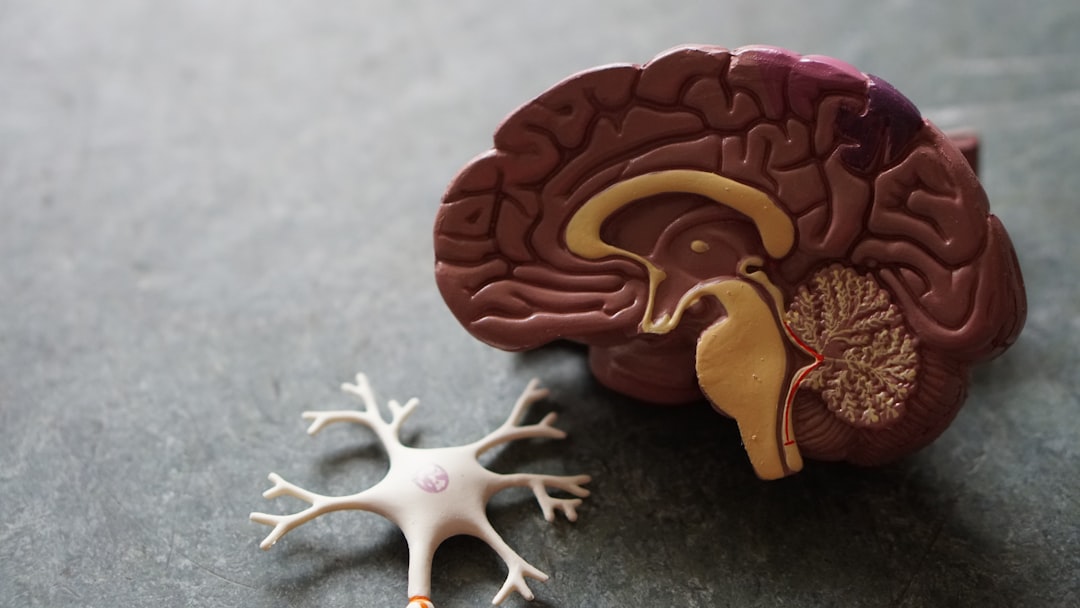What is it about?
We have carried out an analysis of publication data in the field of photocatalysis and artificial photosynthesis focused on solar-to-chemical energy conversion. We review the motivation for this research and discuss the publication trends according the catalyst materials used, the degree of system integration, and the substrates and products involved.
Featured Image

Photo by Sigmund on Unsplash
Why is it important?
Many efforts have been devoted to the goal of converting solar energy into valuable chemicals and fuel, but the most promising devices and materials still suffer from fast component degradation and/or large efficiency losses. Progress in the field has been limited by scientific factors, but also by other variables such as the severity of energy and climate crisis, differing funding priorities and changing innovation strategies. The main motivations to continue working on Artificial Photosynthesis, however, remain intact: the need to store and use renewabe energy more efficiently.
Read the Original
This page is a summary of: Artificial photosynthesis – concluding remarks, Faraday Discussions, January 2019, Royal Society of Chemistry,
DOI: 10.1039/c9fd00076c.
You can read the full text:
Contributors
The following have contributed to this page










